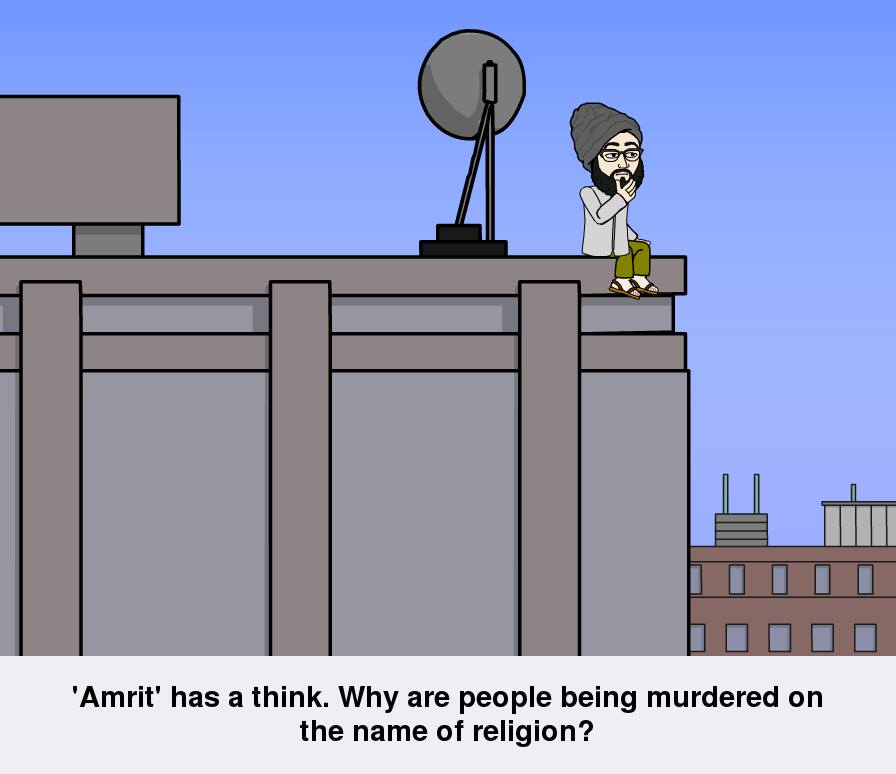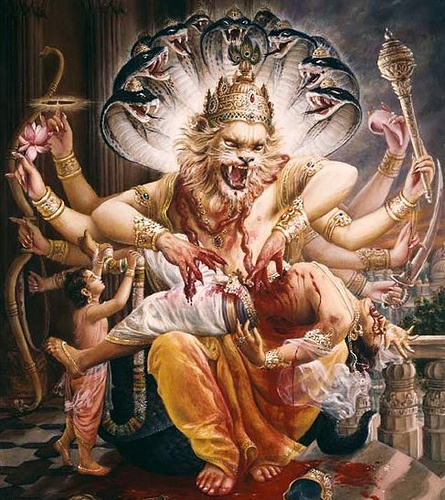(Amrit Pal Singh ‘Amrit’)
Article 2
Everyone is entitled to all the rights and freedoms set forth in this Declaration, without distinction of any kind, such as race, colour, sex, language, religion, political or other opinion, national or social origin, property, birth or other status.
Furthermore, no distinction shall be made on the basis of the political, jurisdictional or international status of the country or territory to which a person belongs, whether it be independent, trust, non-self-governing or under any other limitation of sovereignty.
The Universal Declaration of Human Rights adopted by the United Nations On December 10, 1948 has explained all the rights and freedom in its 30 points.
One and all on this planet is given the right to the entire these rights, without distinction of race, colour, sex, language, religion, political or other opinion, national or social origin, property, birth or other status.
The term ‘race’ has been translated as ‘Jaati’ (जाति) in Hindi translation provided by the United Nations. The term ‘Jaati’ is often translated as ‘Caste’ in English language. The word ‘Jaati’ is more relevant than the word ‘race’ in Indian context, where the government gives special rights to people belonging to particular castes.
If any government gives special treatment to a few groups of people belonging to particular castes, tribes, race, colour, sex, language, religion, political or other opinion, nation or social origin, property, birth or other status, it clearly means that such government is discriminating against people of other castes, tribes, race, colour, sex, language, religion etc. If such things happen, it is a clear case of human rights violation.
For instance, in India, there are many seats reserved for scheduled castes and tribes for Parliament and State Assemblies. When a seat is reserved for a scheduled caste in a constituency, people belonging to non-scheduled castes are deprived of their right to contest election. Similarly, if any constituency is reserved for scheduled tribes, people belonging to non-scheduled tribes have no right to contest election. If we go by words and spirit of the Universal Declaration of Human Rights, such reservation is a breach of human rights.
There is reservation in educational institutions, jobs, and promotion in jobs as well. (For details, please go to: http://en.wikipedia.org/wiki/Reservation_in_India). Reservation system in political field is in practice in a few other countries as well. (For details, please go to: http://en.wikipedia.org/wiki/Reserved_political_positions)
Furthermore, Not all countries or territories are sovereign states. A few countries are under some limitation of autonomy. A few are occupied by other sovereign states.
A person could be a citizen of a sovereign state or non-self-governing territory. He could be living in an occupied land. Everyone is entitled to all the rights and freedoms set forth in the Universal Declaration of Human Rights, without distinction of the political, jurisdictional or international status of the country or territory to which s/he belongs, whether it is independent, trust, non-self-governing or under any other limitation of sovereignty.
In simple language, everyone is entitled to all the rights and freedoms, despite a different sex, a different skin colour, speaking a different language, thinking different things, believing in another religion, owning more or less property, being born in another social group, coming from another country, It also makes no difference whether the country you live in is independent or not.



